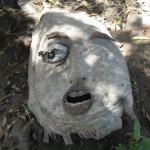Encouragement for the Reluctant Gardener
If you read my “Peter Rabbit” blog a few weeks ago, you know that gardening does not come easily to me, though genetically, it probably should. In truth, I am a reluctant gardener, easily discouraged. I have blamed the rabbits; the rocks, boulders and 7 tablespoons of sand per cubic yard that I am required to accept as tillable soil in my backyard have set me back too. But it was delightfully warm and spring-like early last week and I was fired up, ready to take them on.
I will tell you that I have spent the past two years off and on clearing and cleaning up my backyard. Hacking, digging, pulling and chopping at my veritable jungle of dead, ugly, and weed-like flora with a fearsome gusto, I have at long-last achieved what to my eyes looks like something I can work with and which my husband views as a moonscape. But now with the deliciously mild weather fairly begging me to begin, I decided that I would lay some irrigation line, dig a few holes, and start planting.
My cutting and chopping had admittedly given us a rather perfect line of sight to the ugly brown slump block brick wall that separates our yard from the neighbor’s. My immediate goal, then, was to put in something leafy, green, and fast-growing that could soften and eventually obscure that view. Full of energy and purpose, I commenced digging. It took all of 16 seconds before I hit the first rock, but I was undaunted. With my new pick-axe, I felt invincible and indeed; I pried it out in nothing flat, but there was another one underneath. A few more thrusts and it too came away, revealing yet another rock – bigger this time.
Well, I’m sure you can see where this is going. I pulled out rock after rock, each one wedging in another just below or to one side or the other. Oh, and one boulder of mammoth proportions which alone outweighed me three times over. It took some doing to roll that bad boy out of the way. Sisyphus came to mind, but I managed. Two hours later, exhausted but victorious, I was standing in a hole up to my elbows; deep,
beautiful, and satisfying. The bush I could plant there, why it could be sizeable to start with; full and lush in no time.
I was so excited! It was only mid-afternoon; there was still plenty of time to run down to the nursery to pick up something to plant. But which nursery? What plant? Well aware of my limitations as a gardening novice, I called my more experienced friend, Dave to give me some recommendations. Luck was with me – he picked up on the second ring.
“Hey Dave, I just dug a huge hole in the backyard and I’m ready to put in a bush. Got any advice? Where to shop and what to put in? I was thinking of that nursery down on River Road. Would they have anything good?”
“Linda, it’s February.”
“Well yeah, I know. But it’s beautiful out. I don’t think it will freeze again, do you?”
“Linda, it’s only February.”
“Well yeah, I know. But I just dug this hole – it’s all ready to go. I’m fresh from the fight. I want to put something in NOW! Whadaya think?”
“Linda, may I remind you that it’s FEBRUARY? The nurseries don’t even have anything now – it’s too early. Mid-March is the time to plant here, when the danger of frost has passed. There will be a good selection then, but next to nothing before. Where do you think that hole is going to go? It’ll keep.”
“It’ll keep.” What kind of encouragement is that? And to think, I call that man my friend…
Contributed by Linda for Beyond Borders/It’s Cactus

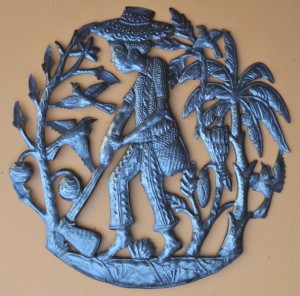
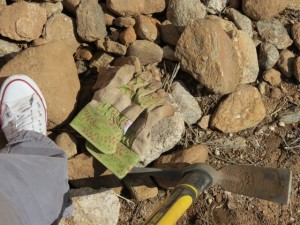
![rnd253[1]](https://blog.itscactus.com/wp-content/uploads/2013/02/rnd2531.jpg)

![il570xN264988494[1]](https://blog.itscactus.com/wp-content/uploads/2013/02/il570xN2649884941.jpg)
![2706[1]](https://blog.itscactus.com/wp-content/uploads/2013/01/27061.jpg)
![rnd298[2]](https://blog.itscactus.com/wp-content/uploads/2013/01/rnd29822-300x298.jpg)
![rnd458[1]](https://blog.itscactus.com/wp-content/uploads/2013/01/rnd4581-300x294.jpg)
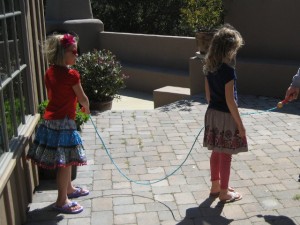

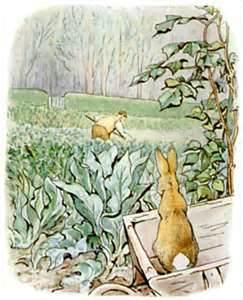
![rnd292[1]](https://blog.itscactus.com/wp-content/uploads/2013/01/rnd2921-300x297.jpg)
![2483[1] by Louiceus Antelus](https://blog.itscactus.com/wp-content/uploads/2013/01/248312-300x157.jpg)
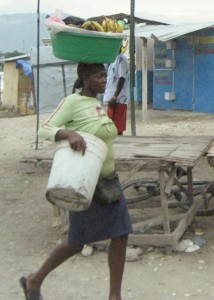
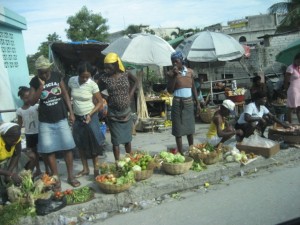
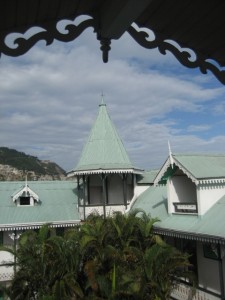

![rnd383[1]](https://blog.itscactus.com/wp-content/uploads/2012/12/rnd3831-280x300.jpg)
![2698[1]](https://blog.itscactus.com/wp-content/uploads/2012/12/26981-295x300.jpg) I wasn’t going to do this. I was going to do four articles on Voodoo. Four. No more. But to ignore the whole idea of zombies in four articles on Voodoo would be to ignore the elephant in the room. OF COURSE THERE ARE ZOMBIES IN VOODOO! I just wasn’t going to go into zombies because I thought they were too creepy and “out there,” running contrary to the kinder, gentler side of Voodoo practice that I was trying to convey. But then I read an article entitled, “A Zombie is a Slave Forever,” in the Oct. 30, 2012 edition of the New York Times by Amy Wilentz. A journalist and professor of literary journalism at UCal-Irvine, Wilentz described zombies so reasonably that they became, to me at least, more historically interesting than creepy. So here we are, with a fifth and absolutely final article in the “Voodoo Inspired” series. (Really.)
I wasn’t going to do this. I was going to do four articles on Voodoo. Four. No more. But to ignore the whole idea of zombies in four articles on Voodoo would be to ignore the elephant in the room. OF COURSE THERE ARE ZOMBIES IN VOODOO! I just wasn’t going to go into zombies because I thought they were too creepy and “out there,” running contrary to the kinder, gentler side of Voodoo practice that I was trying to convey. But then I read an article entitled, “A Zombie is a Slave Forever,” in the Oct. 30, 2012 edition of the New York Times by Amy Wilentz. A journalist and professor of literary journalism at UCal-Irvine, Wilentz described zombies so reasonably that they became, to me at least, more historically interesting than creepy. So here we are, with a fifth and absolutely final article in the “Voodoo Inspired” series. (Really.)![2637[1]](https://blog.itscactus.com/wp-content/uploads/2012/12/26371-163x300.jpg)
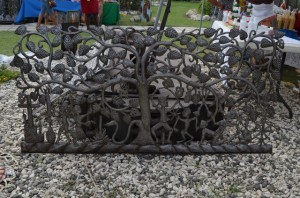
![images[4]](https://blog.itscactus.com/wp-content/uploads/2012/12/images41.jpg)
![2659[2]](https://blog.itscactus.com/wp-content/uploads/2012/12/26592-137x300.jpg)

